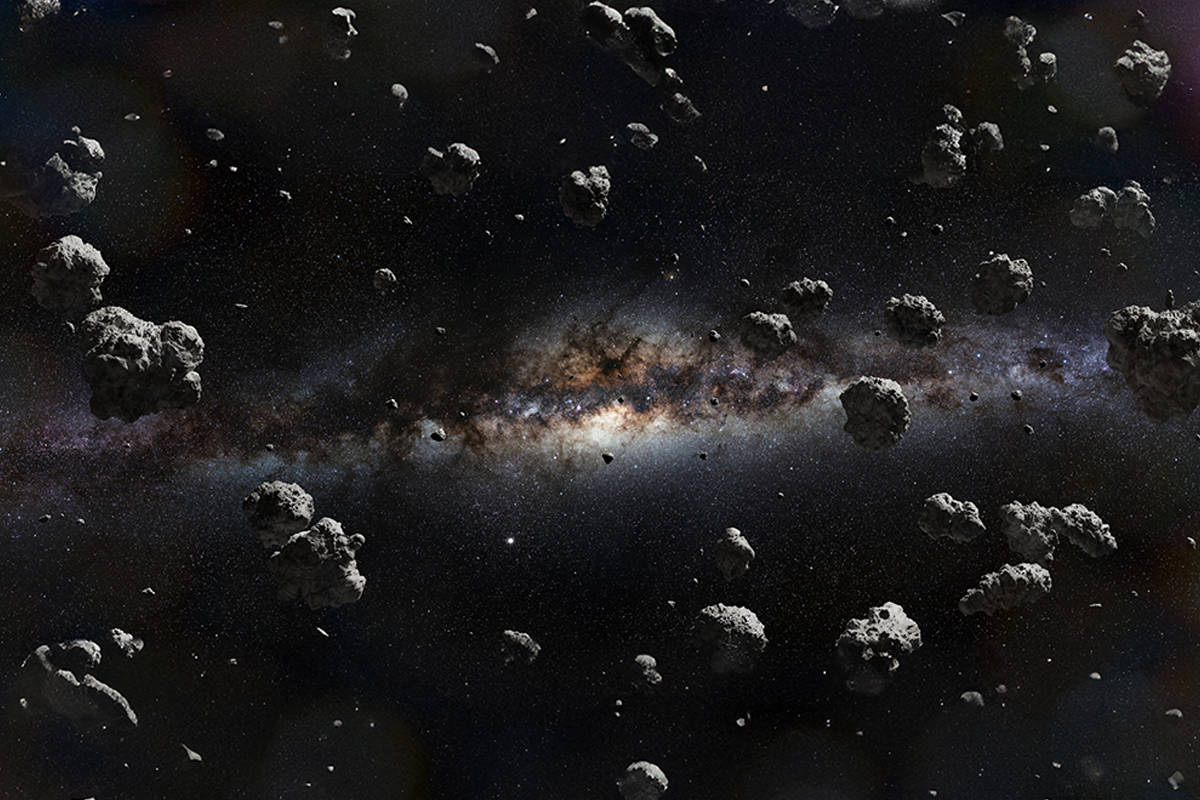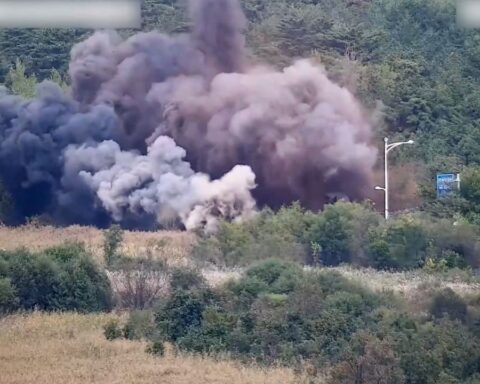A NASA spacecraft is on the brink of delivering a sample from a near-Earth asteroid, Bennu, after a 2.5-year journey through outer space.
This mission marks NASA’s inaugural attempt to collect and return an asteroid sample.
The new samples could complement the returned asteroid Ryugu sample from Japan’s Hayabusa2 mission, offering further clues about the early solar system.
Rather than making a landing, NASA’s OSIRIS-REx mission plans to deposit the rock and soil samples before proceeding to explore another celestial body.
Expert teams have been simulating the recovery process for when the sample parachutes into Utah’s desert on September 24.
OSIRIS-REx is believed to have gathered approximately 8.8 ounces—or roughly one cup—of material from Bennu.
“In just a few weeks, we’ll receive a fragment of the solar system’s past on Earth. Our recent successful tests confirm we are prepared for this momentous event,” commented Nicola Fox, NASA’s Science Mission Directorate associate administrator. “These untouched materials from Bennu could help illuminate how our solar system came into being and possibly even the origins of life on Earth.”
It’s rare for a spacecraft to dispatch a capsule carrying invaluable asteroid samples toward a designated Earth landing site.
The impending delivery is the culmination of years of effort by thousands of contributors.
In preparation, teams have rehearsed for months, going through all possible outcomes for the sample’s return, both favourable and unfavourable.
Should the capsule crash and rupture, the purity of the samples could be compromised.
“Our team’s dedication has been outstanding. Just as we planned and practiced for collecting Bennu’s samples, we’ve rigorously prepared for this recovery phase,” said Dante Lauretta, the mission’s principal investigator at the University of Arizona.
Mission Overview
OSIRIS-REx, an acronym for Origins, Spectral Interpretation, Resource Identification, Security, and Regolith Explorer, initiated its seven-year mission in 2016. It entered Bennu’s orbit in 2018, harvested the samples in 2020, and started its return trip to Earth in May 2021.
Since parting ways with Bennu, the spacecraft has completed two solar orbits to align with Earth for sample delivery properly.
In July, mission operators fine-tuned the spacecraft’s course, targeting a landing area at the Utah Test and Training Range near Salt Lake City.
NASA will live-stream the capsule’s entry into Earth’s atmosphere on September 24, starting at 10 a.m. ET. The capsule will be travelling at approximately 27,650 mph as it enters.
Before the capsule’s reentry, the mission control will assess various factors, including trajectory and safety measures, to decide whether to release the capsule.
Once the capsule is dispatched, OSIRIS-REx will divert to a new path around the sun, aiming for a future rendezvous with another asteroid, Apophis, in 2029.
Sample Recovery and Further Study
Upon entering Earth’s atmosphere, a heat shield will protect the sample. Parachutes will slow down its descent, and a recovery team will secure the capsule after landing.
A helicopter will then transfer the sample to a temporary cleanroom for subsequent transport to NASA’s Johnson Space Center in Houston on September 25. More details will be made public in a NASA broadcast on October 11.
Preparation Measures
To prepare for various landing scenarios, NASA and Lockheed Martin teams have undergone extensive rehearsals, including a trial capsule drop and subsequent recovery.
If the spacecraft fails to release the sample on September 24 due to unfavourable conditions, a second attempt will be made in 2025.
Ongoing Research
The sample will undergo extensive scrutiny at Johnson Space Center, where scientists will delve into its composition to understand the formation and history of our solar system. Most of the sample will be stored for future generations to study with advanced technologies.
“This sample is a treasure, offering insights into our origins. It’s truly a gift to humanity,” said Lauretta.
The impending arrival of Bennu’s samples symbolizes a monumental feat for space exploration and a fascinating leap forward in our understanding of the universe. From thousands of dedicated individuals to cutting-edge technologies, the endeavour highlights the limitless potential of collaborative science. As we await this extraordinary delivery, one thing is clear: the fragments from Bennu will serve as both a repository of ancient cosmic history and a beacon illuminating the scientific questions of tomorrow.







